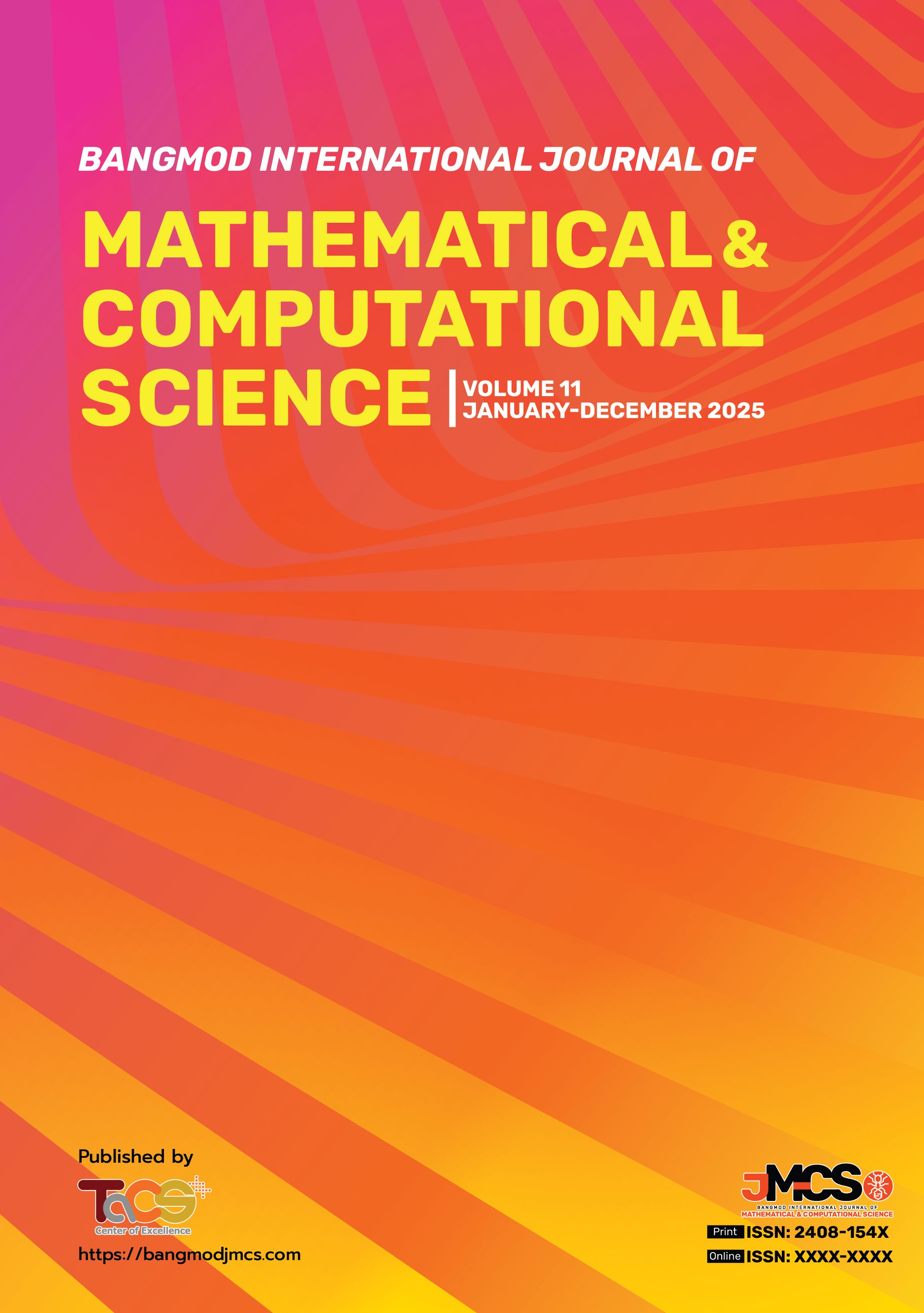Controlling the Spread of Malaria-Cholera Co-infection with Effective Intervention Strategy
DOI:
https://doi.org/10.58715/bangmodjmcs.2025.11.5Keywords:
Stability, Hamiltonian, Transmission, Equilibrium states, Epidemiology, Invariant regionAbstract
This paper proposes an optimal control of intervention strategies for malaria-cholera co-infection with emphasis on five control strategies namely: treated bed nets, treatments of malaria, indoor residual spray, sanitation and treatment of cholera to prevent disease spread in a population. A non-linear system of differential equations is formulated to study the dynamics of the proposed model. The disease-free equilibrium (DFE) and endemic equilibrium (EE) states were obtained. The basic reproduction numbers, \(\mathcal{R}_0^{C},\,\mathcal{R}_0^{V}\) that determine the transmission of the diseases were derived. A sensitivity analysis on the reproduction numbers to determine the parameters that have impact on the reproduction number were carried out. Using the Routh-Hurwitz criterion and Castillo-Chavez techniques, the conditions for stability of the disease-free equilibrium were established. The result of the stability revealed that, if the reproduction number is kept below to unity, malaria-cholera co-infection can be entirely eradicated. The sensitivity analysis results paved way for the implementation of a controlled system, which was solved using Pontryagin's Maximum Principle (PMP) and an optimality system was obtained. The optimality system was then solved numerically using forward backward sweep approach and graphs were produced.
Downloads
Downloads
Published
How to Cite
Issue
Section
License
Copyright (c) 2025 Bangmod International Journal of Mathematical and Computational Science

This work is licensed under a Creative Commons Attribution-NonCommercial-NoDerivatives 4.0 International License.







